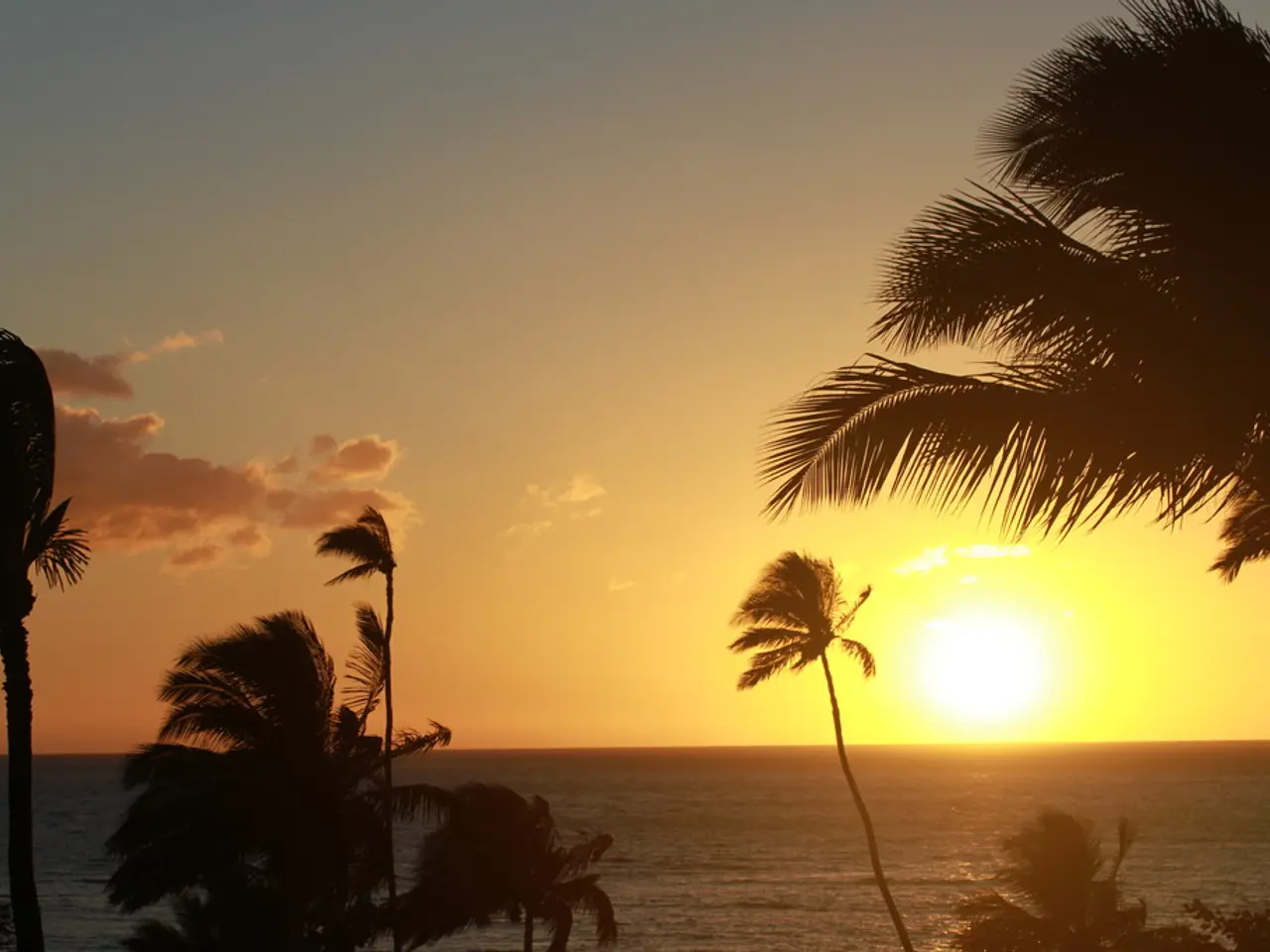Method for Capturing Stellar Images
Mastering Astrophotography with a DSLR: A Comprehensive Guide
For those captivated by the beauty of the night sky, astrophotography offers a unique opportunity to immortalise celestial wonders. With a DSLR camera, one can embark on an exciting journey to capture stunning images of the universe. Here's a breakdown of the essential gear and techniques to help you get started.
The Essential Equipment
To begin, a DSLR camera with manual control and good low-light performance is crucial. Models like the Canon EOS 850D, known for its user-friendliness and sensitivity to low light, are perfect for beginners. A good lens or telescope with wide apertures is also necessary for capturing faint celestial objects effectively.
A stable tripod or equatorial mount is essential to keep the camera steady during long exposures and to compensate for Earth's rotation. Equatorial mounts, in particular, allow tracking of stars to avoid star trails during extended exposures.
Optional but highly recommended equipment includes tracking mounts, filters, smartphone apps or computer software, and wide-angle lenses. These additions can significantly improve image quality and range of targets.
Capturing the Night's Majesty
When it comes to astrophotography, the Milky Way makes for a breathtaking subject. For star trails, exposures should range from 5 to 60 minutes, with an aperture of f/4 to f/11 and sensitivity ISO 100. For constellations, exposures should be between 15 to 40 seconds, with an aperture of f/2 to f/2.8 and sensitivity ISO 800 to 1600.
Standard DSLR zoom lenses can capture main constellations, brighter sections of the Milky Way, and detail within the aurora. For aurora photography, exposures should be between 3 to 30 seconds, with an aperture of f/2 to f/2.8 and sensitivity ISO 400.
A wide-angle lens with a focal length of 16-28mm is necessary to capture larger constellations or large auroral displays. Remember, the exposure determines how long the imaging chip is exposed to light, and minimising star trailing can be achieved by reducing the exposure length.
Tips and Tricks
A remote shutter release control is necessary to minimise vibrations and ensure sharp images. Taking a few pictures with the lens cap on gives you 'dark frames', which can be used to subtract noise from your final image with photo-editing software.
DSLRs offer a much wider range of functions and full manual control, allowing for closer views of bright deep-sky objects. However, it's essential to tread cautiously with picture styles, as altering images too much can detract from their natural beauty. The default settings are often the best to begin with.
Compact cameras and smartphones can also take reasonable images in low-light conditions, but DSLRs are particularly good cameras for astrophotography due to their manual control and interchangeable lenses.
Lastly, remember to protect your night vision by using a red-light torch instead of a white-light torch. With these tips and the right equipment, you're well on your way to capturing the night sky's beauty.
[1] "The Ultimate Guide to Astrophotography for Beginners," Digital Camera World, 2021. [2] "The Best Astrophotography Equipment for Beginners," Photography Life, 2021. [3] "Astrophotography Tips: How to Take Photos of Stars, Planets, and the Milky Way," Adorama, 2021. [4] "The Best Astrophotography Lenses for Capturing the Night Sky," Photography Blog, 2021. [5] "The Best Astrophotography Mounts for Tracking Stars," Sky & Telescope, 2021.








